Savoir make a service allowing you to quietly reach the filet is very important au padel. But what about your partner ? How to know where should he be so that you don't end up assaulted ?
That's it, you know how to find very specific areas during your service. At the window, in the center, on the player, short, deep, fast, slow, you are in control. The next step is to agree with your partner to be able to confirm the advantage taken from the first volleys.
Classical or Australian training
Although the current game is very much based on the Australian game, there is still the possibility of playing in classic formation. What is it ? Well at each point, when the server changes sides, the volleyball player does the same, unlike the Australian formation where even if the server changes sides to perform the throw-in, the volleyball player remains in his place at the net . The advantage of this technique is to allow you to become a specialist on the right side or the left side.
You will therefore understand that tactically the point will not be approached in the same way depending on the option chosen.
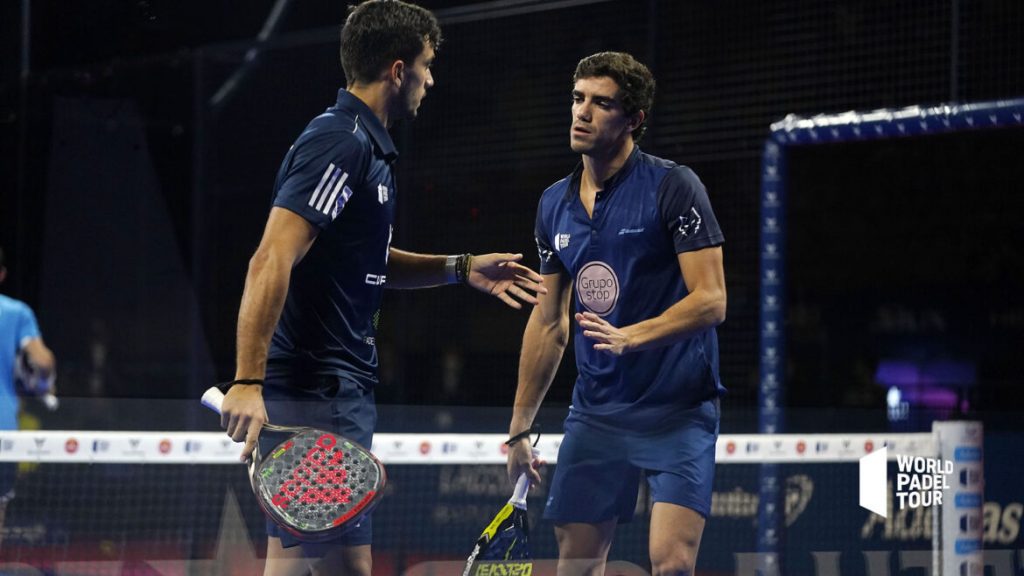
Classical training
The idea would be above all to share your feelings about the finished point with your partner and to decide on the tactical implementation of the point to come, at least the direction of the service.
By informing the person at the net of the area that is going to be played, you can prepare for the stroke to come. If I serve in the direction of the side window, my partner will prepare to receive a ball down the line rather than a volley in the center because it will be more up to me, the server, going up to the net, to take it. Indeed, the short crossed to the grid after a rebound on the side window is very difficult to find.
Another situation would be service at T . In this case, my partner's long line will be more difficult to find than the center. He will therefore take care of covering more of the center. On my side, I will cover the area of my grid more than the center.
Australian training
One out of two points will be played in classic formation, therefore with the tactics explained above. The other point will be more complicated to negotiate because you will need time to reach the net in the best conditions. Certainly you can have a very efficient and fast serve, which will give you easy points, but the day you come across a good returner, you will have to have a plan B. The simplest would be to slow down the speed of the ball and the touch the side window, giving you more time to get closer to the net. By playing this way you will only take care of the long line, leaving the center to your teammate. A service at the T would be possible but with a higher speed, in order to avoid a direct impact, in front of the body, which would put you in danger. Let's say that this option is possible of course, but more risky.
two is better
The problem is that if you don't speak to inform the area you are going to choose for your serve, no one will be able to predict a possible direction of the ball, and since you are playing as a team, that would be a shame. So remember to inform or come and ask where the server intends to play in order to take or leave a return that would come to the center. Let's go!
Julien Bondia is a teacher of padel in Tenerife (Spain). Columnist and advisor, he helps you play better through his tutorials and tactical/technical articles padel.




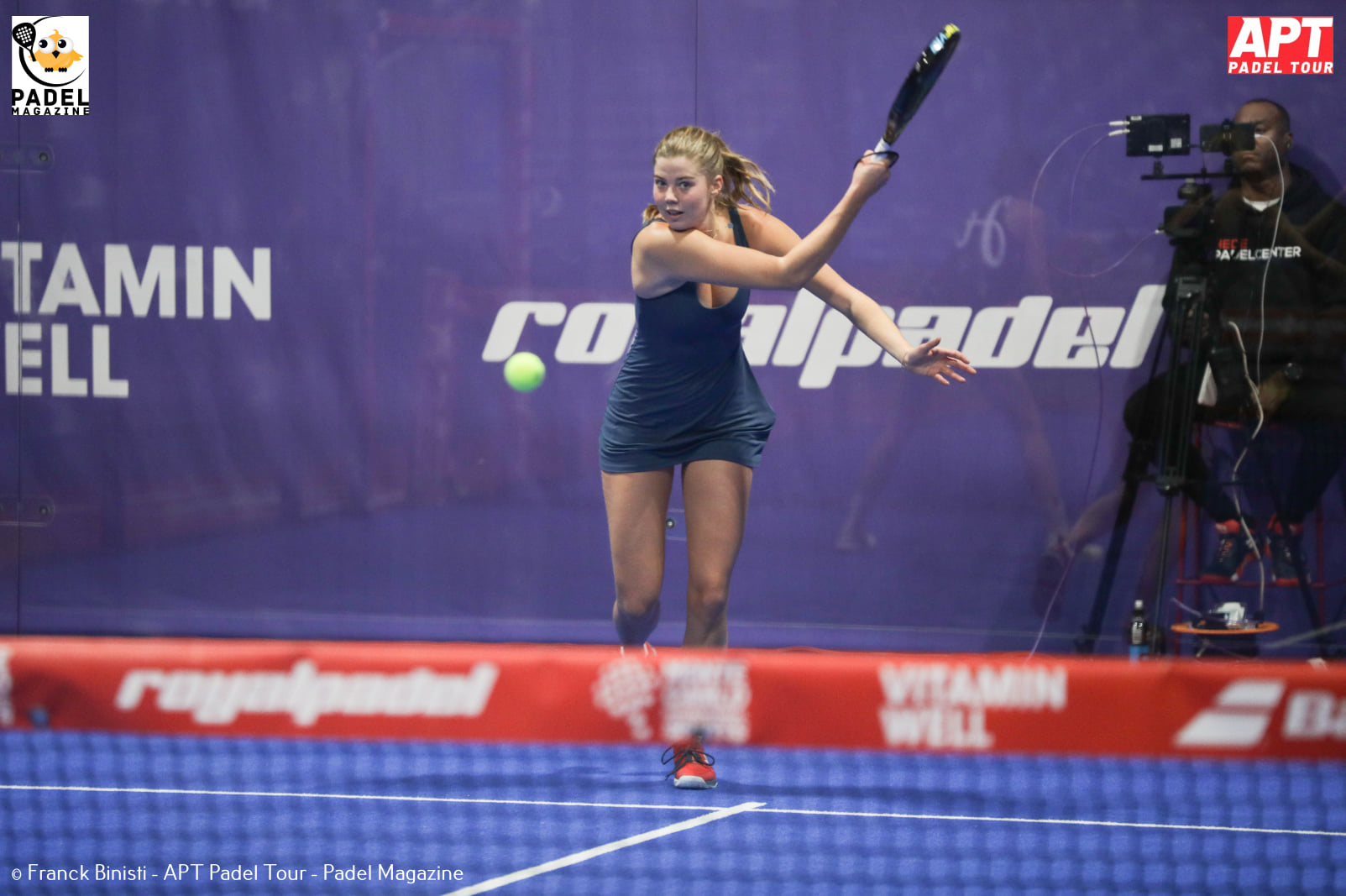












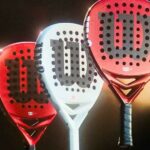



















































































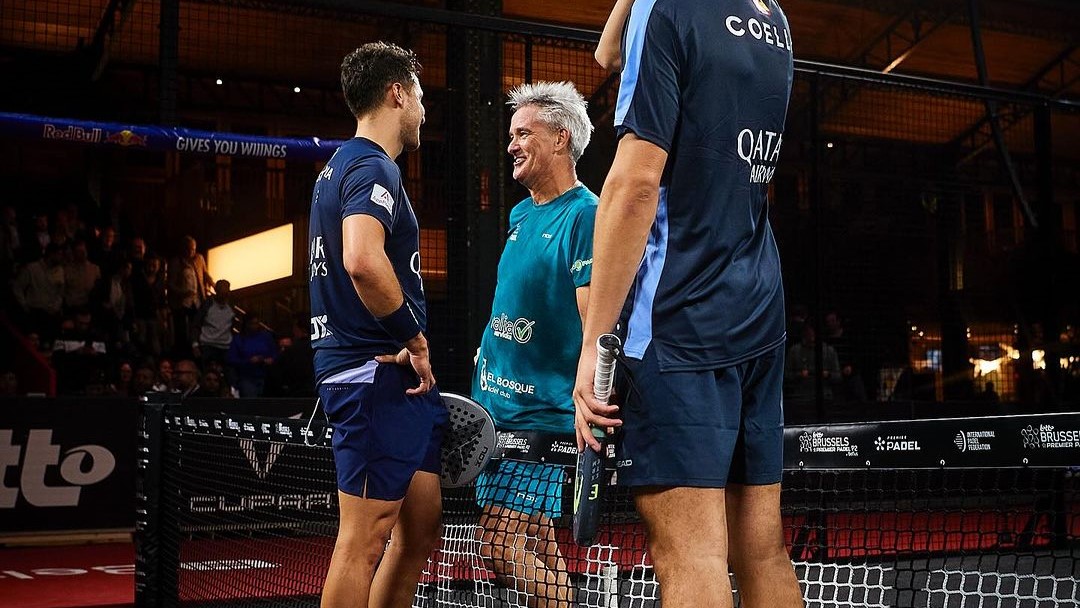 Agustin Tapia salutes the longevity of Miguel Lamperti
Agustin Tapia salutes the longevity of Miguel Lamperti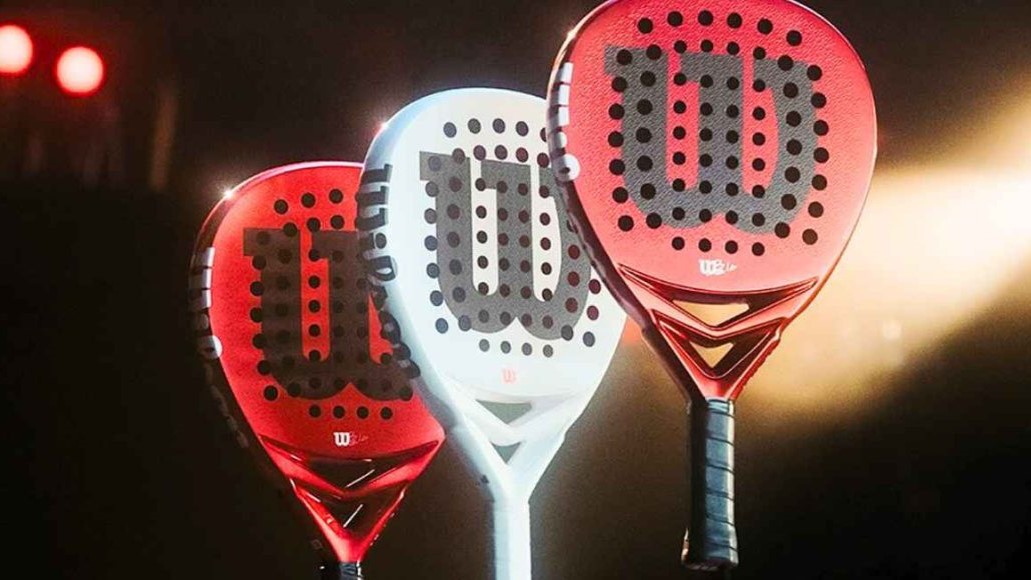 Presentation of the Wilson Bela V2.5 collection
Presentation of the Wilson Bela V2.5 collection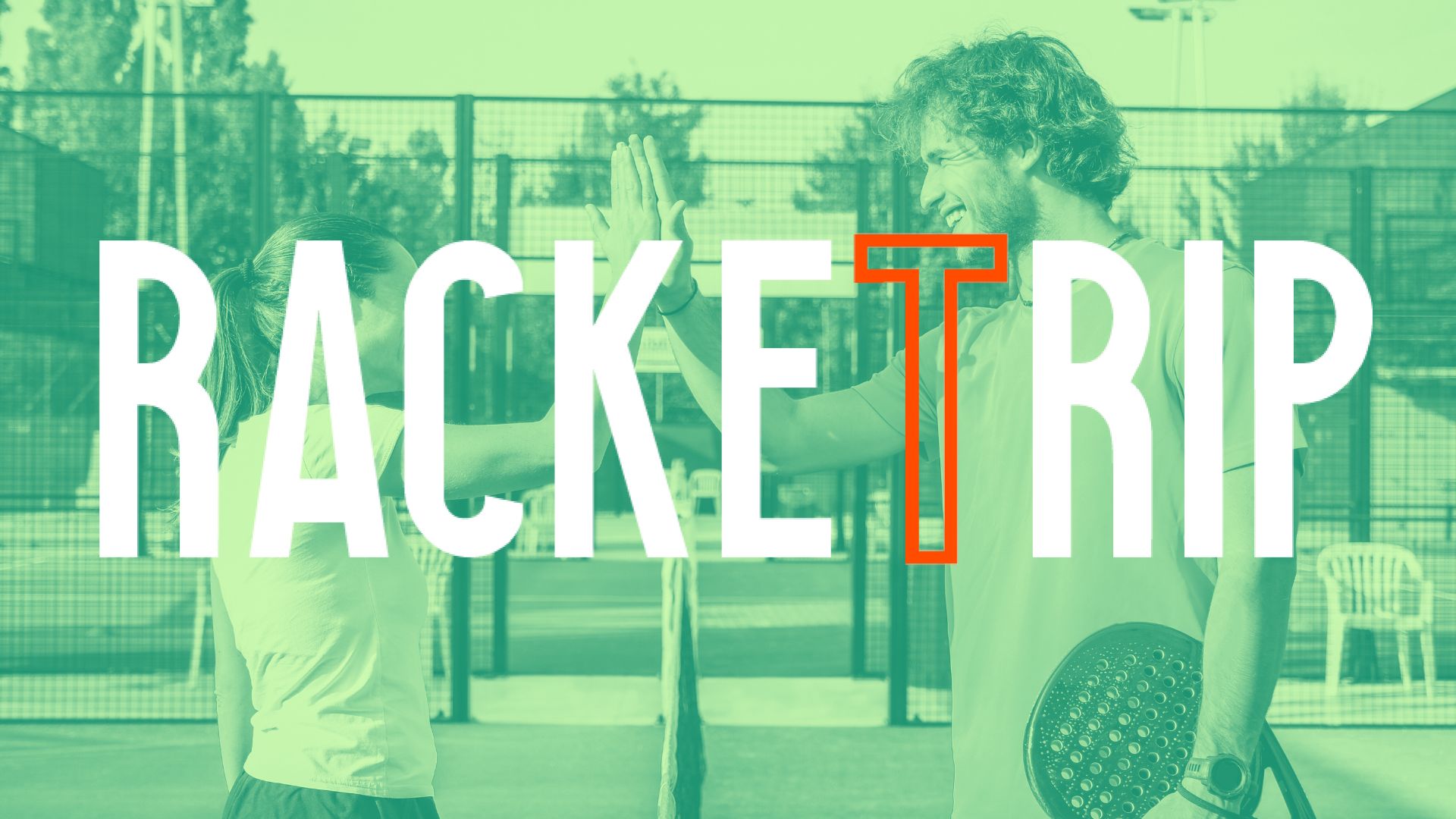 The LinkedIn of racquet sports: Racket Trip
The LinkedIn of racquet sports: Racket Trip Guillaume Codron de Sud Padel : “A family project”
Guillaume Codron de Sud Padel : “A family project” Nallé Grinda: “Democratize the padel in the USA with PadelX "
Nallé Grinda: “Democratize the padel in the USA with PadelX " Simon Boissé: “We know that there are two nations in front of us”
Simon Boissé: “We know that there are two nations in front of us” Marie Maligo: “This period of frequent changes of partners was beneficial for me”
Marie Maligo: “This period of frequent changes of partners was beneficial for me”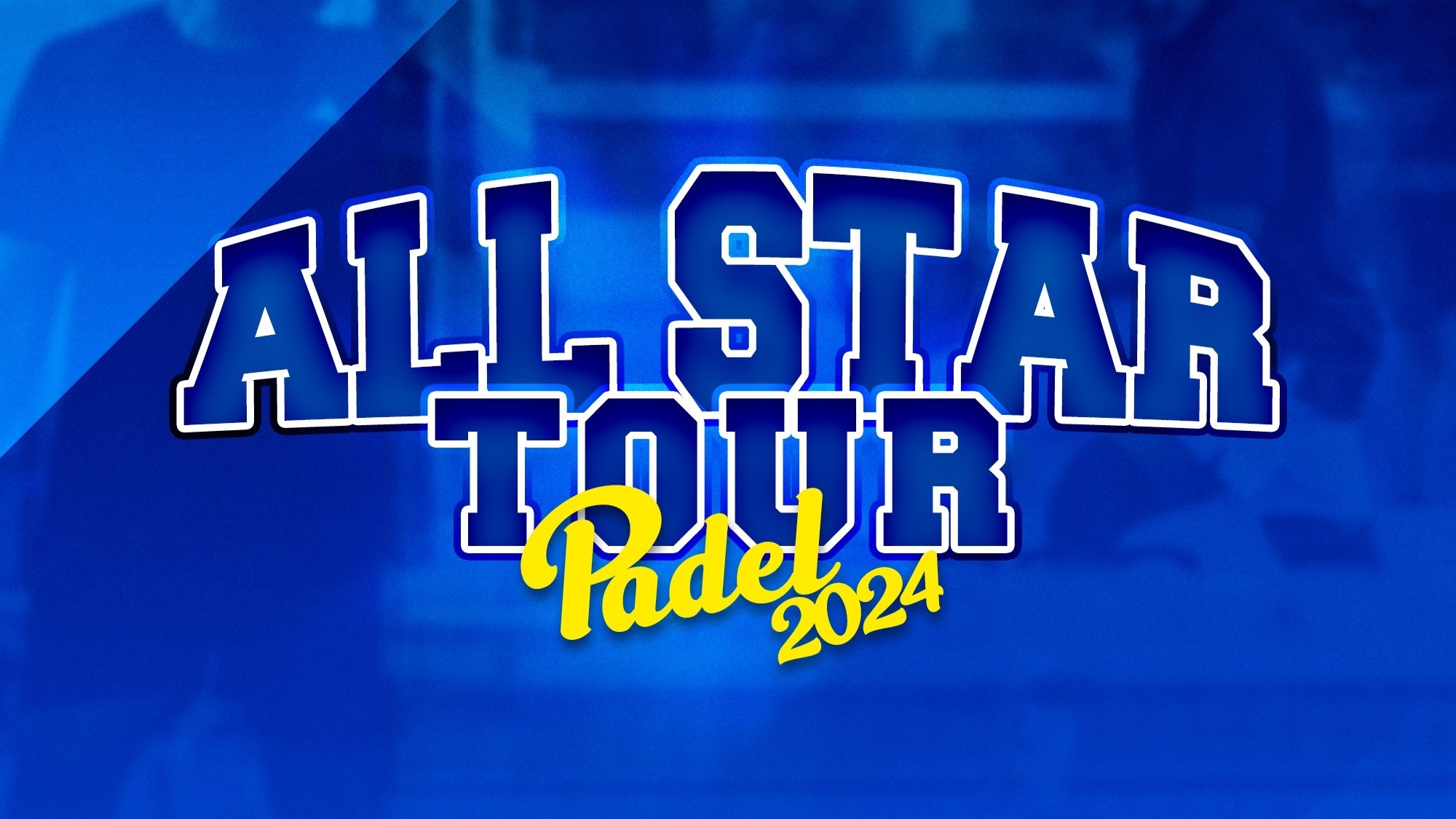 The All Star Tour returns on May 16 at the All In in Lyon
The All Star Tour returns on May 16 at the All In in Lyon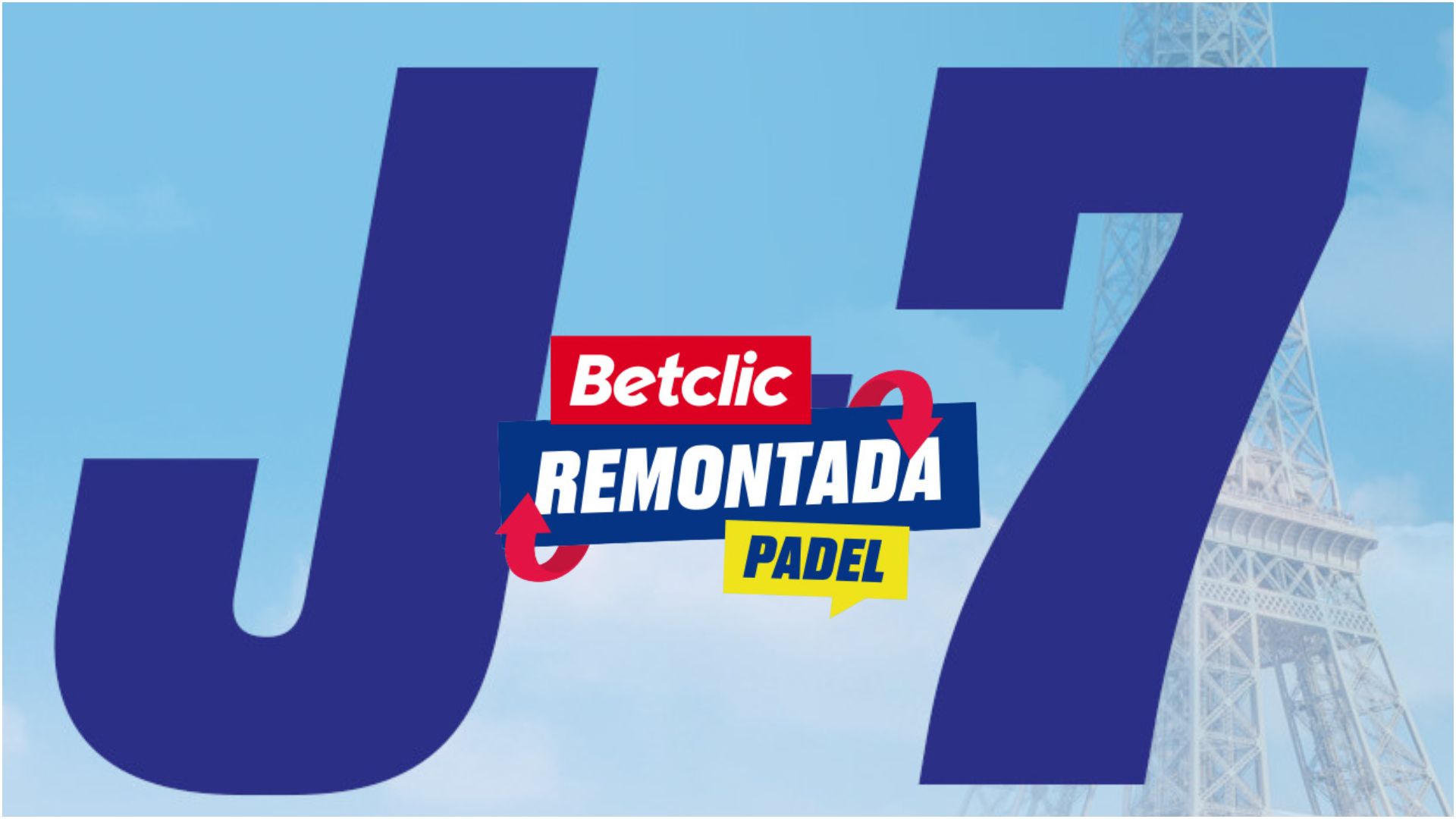 D-7 of the “BetClic Remontada Padel”, at the foot of the Eiffel Tower
D-7 of the “BetClic Remontada Padel”, at the foot of the Eiffel Tower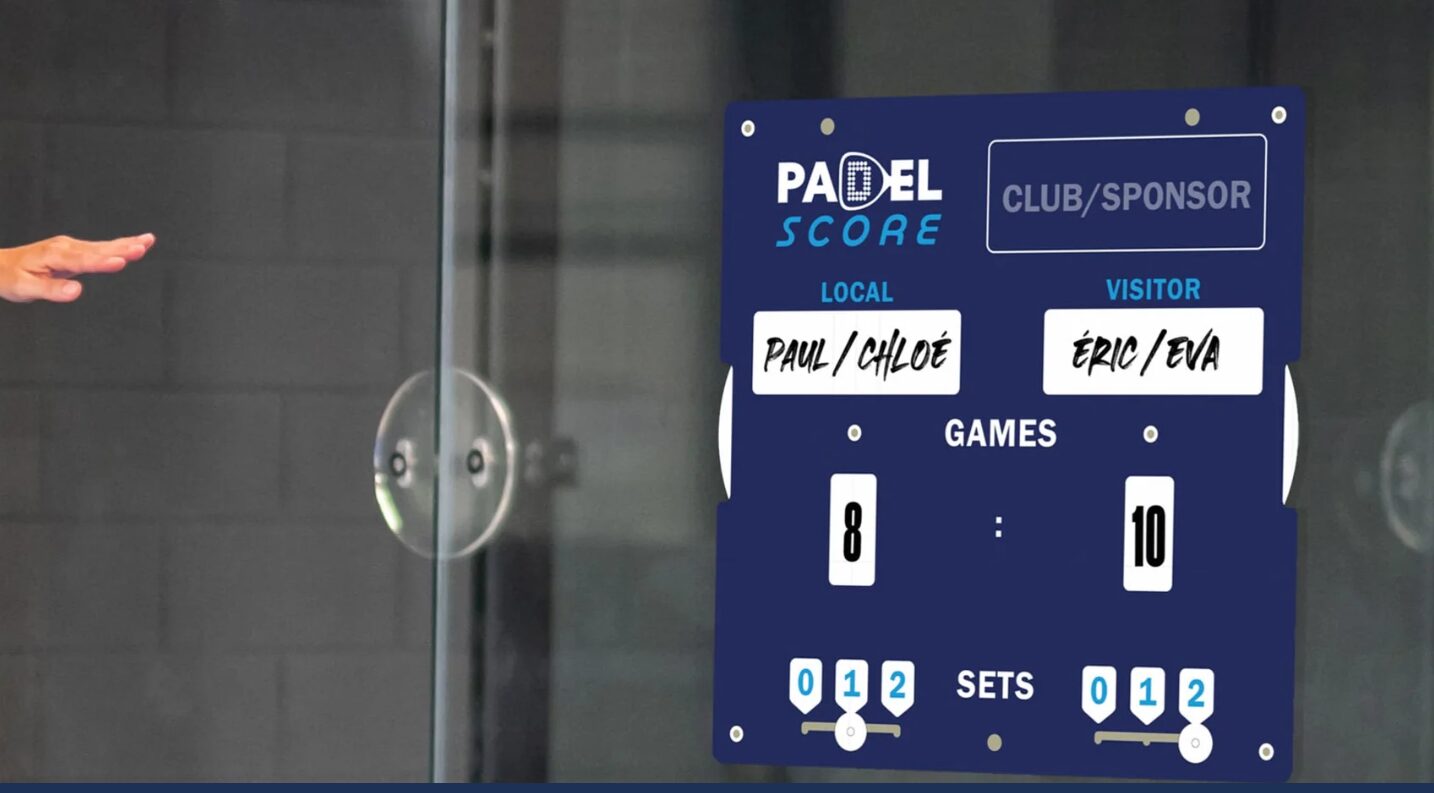 Padel Score: an essential table for keeping score
Padel Score: an essential table for keeping score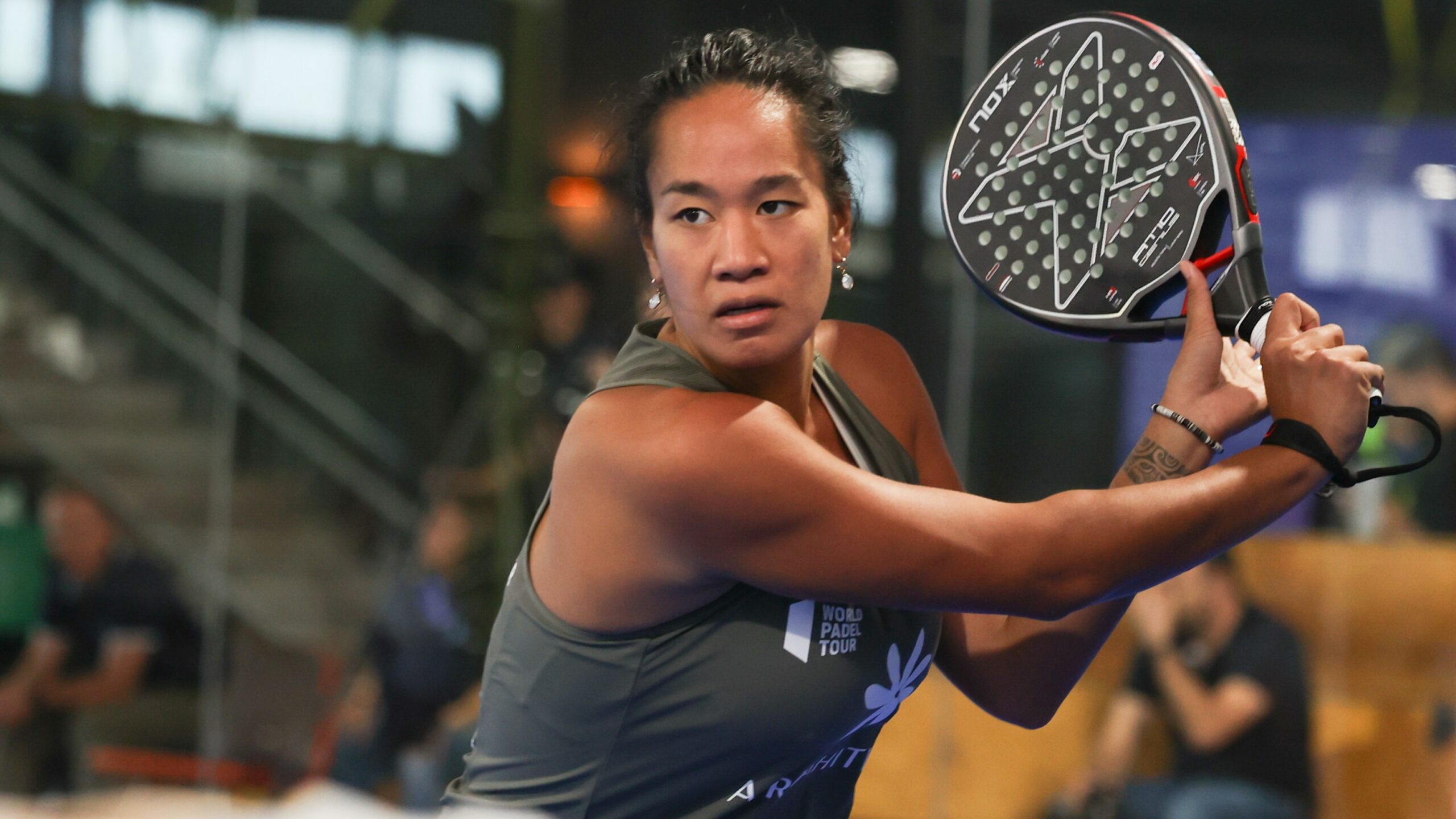 Léa Godallier makes her big return to the slopes this weekend
Léa Godallier makes her big return to the slopes this weekend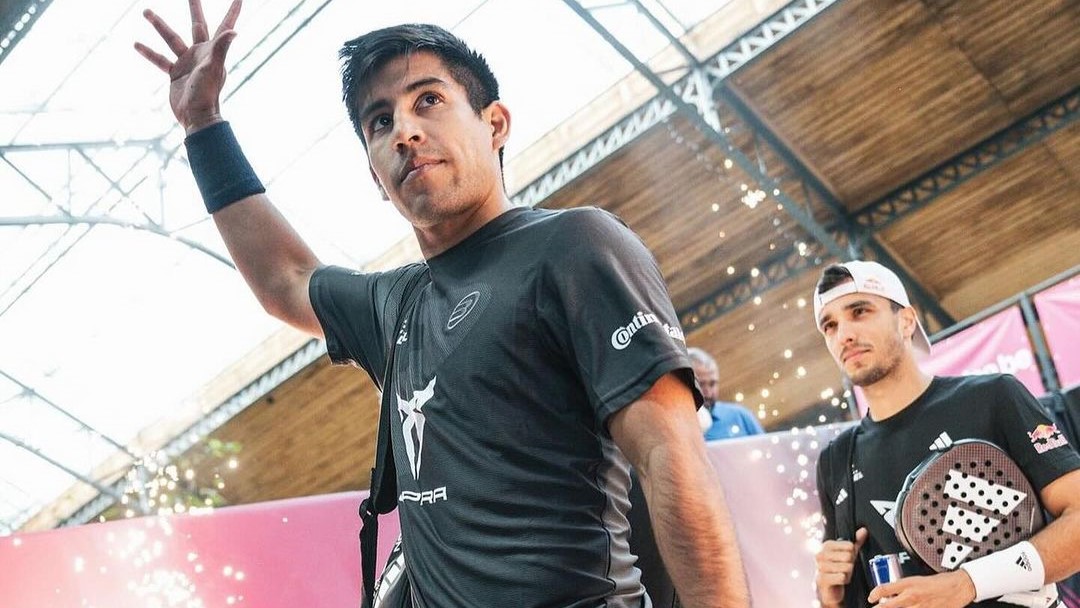 Premier Padel Brussels P2 – “Chingalan” on the way to its second final
Premier Padel Brussels P2 – “Chingalan” on the way to its second final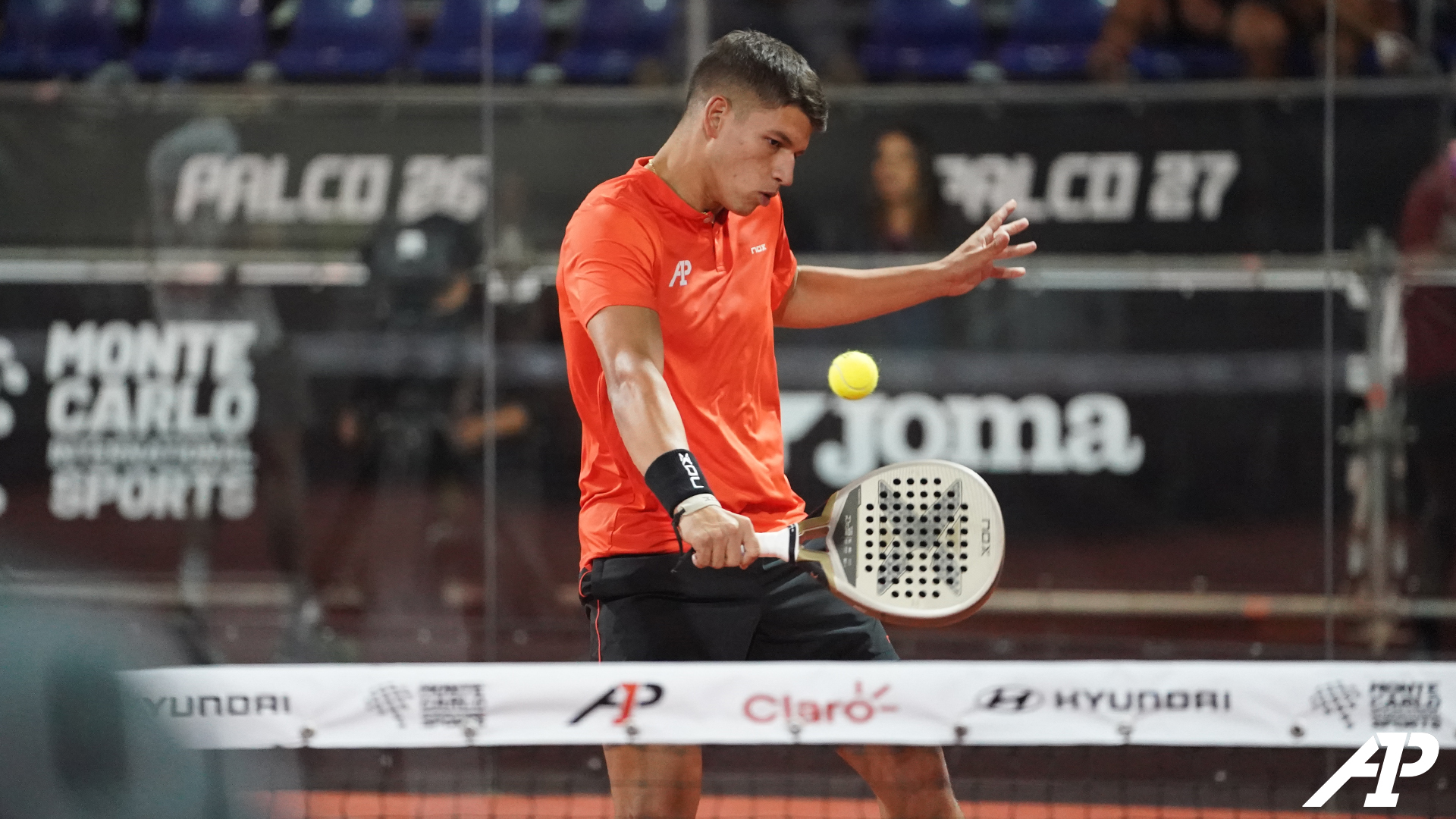 Martin Abud joins Team Nox
Martin Abud joins Team Nox José Manuel Escin at the inauguration of Casa Padel DOS: “Finally, and thank you!”
José Manuel Escin at the inauguration of Casa Padel DOS: “Finally, and thank you!” Padel Score comes to Tahiti for American Express Padel Cup!
Padel Score comes to Tahiti for American Express Padel Cup! Do you know the Rafa Nadal Academy Tour?
Do you know the Rafa Nadal Academy Tour? Play at padel on his yacht? Possible for €233.000!
Play at padel on his yacht? Possible for €233.000! The score at padel : manual
The score at padel : manual Our Top 10 training courses padel in France and Europe
Our Top 10 training courses padel in France and Europe At the heart of padel – Episode 25: Paul and Andoni answer your questions
At the heart of padel – Episode 25: Paul and Andoni answer your questions At the heart of padel – Episode 23: defend the window well
At the heart of padel – Episode 23: defend the window well Prohibition on playing topless Padel : the reasons
Prohibition on playing topless Padel : the reasons FIP Tour – Going far from Europe, THE strategy to earn points!
FIP Tour – Going far from Europe, THE strategy to earn points! What is a good football player? padel ?
What is a good football player? padel ? “Lefties give me headaches when I play against them!”
“Lefties give me headaches when I play against them!” At the heart of padel – Episode 14: how to earn points in winter?
At the heart of padel – Episode 14: how to earn points in winter? The basic tactics of padel
The basic tactics of padel A par 4 is always a winner...even if you manage to defend it!
A par 4 is always a winner...even if you manage to defend it! Carbon fiber VS fiberglass: what to choose?
Carbon fiber VS fiberglass: what to choose? How to effectively test a racket padel ?
How to effectively test a racket padel ? La padel to fight Parkinson's disease
La padel to fight Parkinson's disease Don't play with a cracked or broken racket, your body will thank you!
Don't play with a cracked or broken racket, your body will thank you! Michel Cymes: “The padel, physically, it’s serious!”
Michel Cymes: “The padel, physically, it’s serious!” Jeremy Gala: “Promote the padel among young people in Belgium remains a challenge”
Jeremy Gala: “Promote the padel among young people in Belgium remains a challenge” The French Touch Academy organizes its selection day Padel-Study
The French Touch Academy organizes its selection day Padel-Study Report on the detection and training of younger generations
Report on the detection and training of younger generations